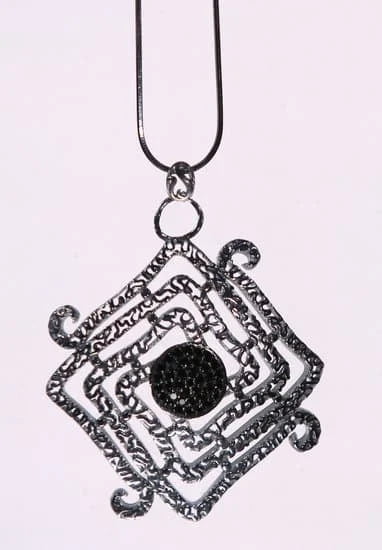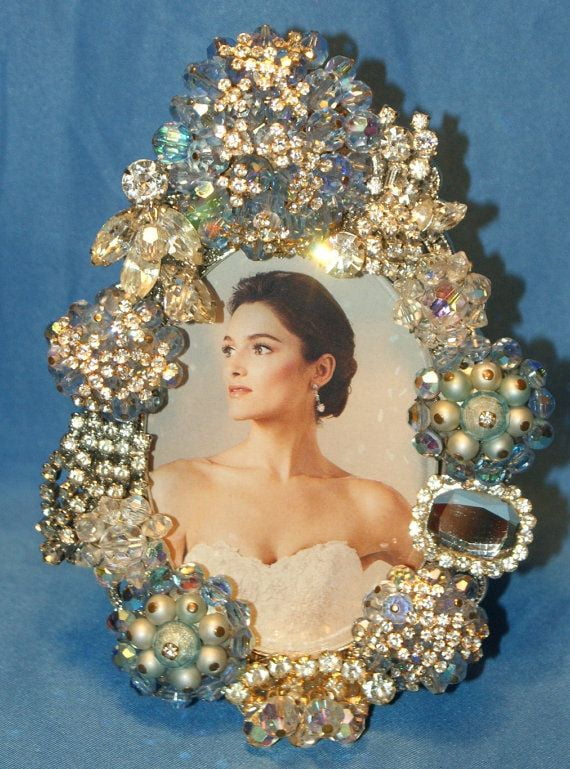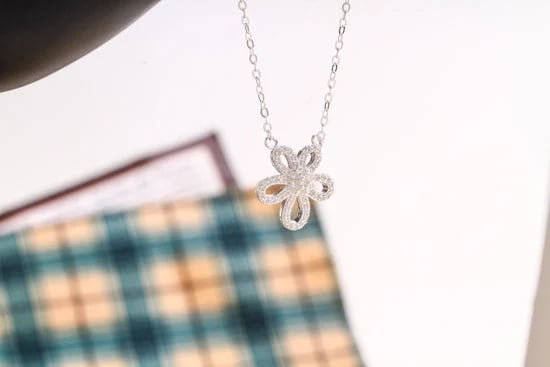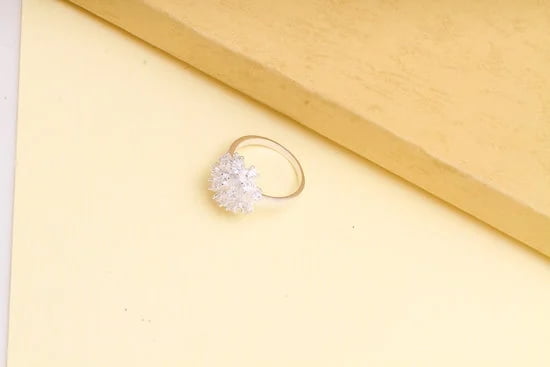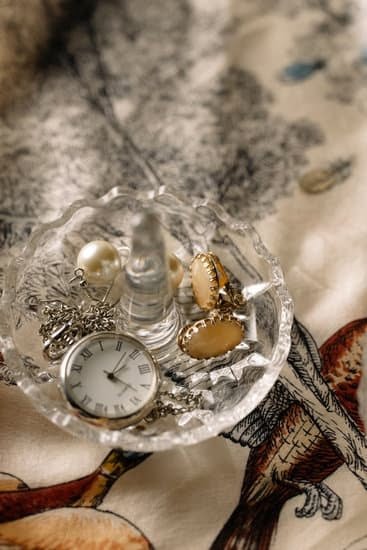Introduction
A silver plating is a process used to coat jewelry or other items with a thin layer of silver, usually done to improve the item’s appearance or add luster. The most common techniques are electroplating, electrotyping and vacuum metalizing. Depending on the process used and the level of silver content in the plated object, adding a silver plating may actually increase the perceived value of an item.
When considering whether or not to plate silver on a piece of jewelry, it is important to understand how different plating options can affect its overall value. Generally speaking, higher quality pieces will better retain their value after being silver-plated and may even see an increase in value due to the addition of tarnish and patina overtime. On the other hand, lower quality items may suffer depreciation due to their age and lack of quality craftsmanship, both factors that may be exaggerated by adding a covering of silver plate. Furthermore, silver plate adds thickness to any given piece; if the design calls for intricate detailwork then coating with silver could limit this detail making it difficult for buyers to determine if it is still worth investing in.
In conclusion, whether or not plating silver devalues jewelry depends largely on its original condition and craftsmanship as well as your own personal preference when it comes to accenting older accessories with more modern touches. Ultimately, understanding how different forms of coating can affect the final product will help you decide whether a particular piece should be plated or left unaltered for future appreciation.
Types of Plating
Plating silver can be accomplished using different processes. Rhodium plating is one of the most popular and typically provides a protective layer to guard against tarnish in the most extreme environments; however, this will not increase the value of the jewelry. Gold plating is also popular as it creates a luxurious look. This process can add value to jewelry; however, it depends on the amount of gold used and the thickness of the plating layer. Silver can also be electroplated, which results in an overall shinier finish than that of rhodium or gold plating. When using premium palladium or platinum-based silver alloys with thick layers, this process can also enhance both beauty and value in jewelry pieces.
The benefits of plated silver jewelry are numerous; it is more affordable compared to solid precious metals like gold and platinum, more durable than pure silver, offers design flexibility with intricate patterns and textures possible that are often not achievable with other metals, and they often provide an attractive shine when used correctly. Additionally, plated silver allows for custom colors that could not otherwise be achieved with pure metal tones alone. It should be noted however that while plating provides many advantages to given jewelry pieces, it does not necessarily enhance the inherent value – only increase its esthetic appeal – making it a great way to freshen up existing pieces as desired without breaking your bank account!
Drawbacks of Plated Silver Jewelry
Plated silver jewelry can potentially devalue and/or degrade the overall value of silver jewelry. This is because it contains a thin coating of real silver over a base metal, such as nickel or brass. When this plated layer begins to wear, exposure to air and oxygen causes the underlying base metal to oxidize and become exposed, thus causing tarnishing on the surface of the jewelry. Furthermore, even though it has a real silver overlay, only the top layer will have pure silver content, leaving the rest of it being comprised of lower-grade metals that contain no precious metal at all. As a result, any plated jewelry that you own may not actually be worth much when sold in comparison to wholly pure silver pieces which are composed predominantly or entirely from valuable sterling silver components. Natural resources such as these tend to hold and increase their values over time with buyers willing to pay higher prices for an unadulterated product.
Factors That Affect Jewelry Value
Plating silver onto jewelry is a great way to add an extra layer of protection from wear and tear as well as providing a beautiful finish. However, not all plating is created equal. Depending on the quality of the metal used and the care taken in applying it, plating silver can have varying degrees of effectiveness when it comes to jewelry’s longevity and potential for appreciation.
The metal that is used for plating and its thickness are two primary factors in gauging its impact on value. Other considerations include the process used to apply it, any polishing or buffing done afterward, maintenance requirements to maintain the surface, and any other treatments applied after the fact (such as oxidation). High-quality plating materials tend to be thicker – this actually prevents scratches and other damage from occurring more easily over time – which adds value and helps protect the underlying precious metal from tarnish or corrosion. Poor-quality plating materials will often wear off in short periods of time due to use or exposure, which can devalue the item quickly by leaving markings or discoloration underneath. Proper maintenance and re-plating processes can help keep jewelry’s appearance and condition for longer periods of time though, thus increasing its potential for appreciation over time.
Ultimately, how silver plated jewelry holds up over time affects its potential for appreciation immensely since quality is also directly correlated with desirability in terms of value by collectors. In short, high-quality plating can extend an item’s life span while simultaneously strengthening its resale value if cared for properly.
Care & Maintenance Tips for Plated Silver Jewelry
Plating silver jewelry can devalue the metal if not cared for properly. Silver plating is a coating of silver over another metal, usually copper or brass; it’s more affordable than solid sterling silver but can tarnish quickly due to oxidation. Keeping Plated jewelry clean and dry is essential in prolonging its life and value. Do not use harsh chemicals to clean your plated jewels since they will strip away the finish leading to discoloration and dullness. Polishing cloths specifically formulated for silver should be used instead. Additionally, avoid wearing your silver-plated jewelry when showering, exercising, or swimming as contact with sweat and water can cause the plating to quickly break down. Also remember to take off any pieces of plated silver before going to bed so as to reduce wear and tear on this type of jewellery. With proper cleaning and care from time to time, you should be able to enjoy your jewelry for many years without having it lose its value.
Summary & Conclusion
Plating silver jewelry can have a variety of effects on its value. The method used to plate the jewelry will determine how much the value is diminished versus how the look can be improved. In general, electroplating is more likely to minimize devaluation of silver jewelry than other plating methods, as it is a process that applies thin layers of metal rather than just coating the surface of the jewelry. Although this process allows for an attractive finish and a better shine, it cannot prevent all potential problems associated with plating silver or protect against tarnishing and oxidization over time. Ultimately, while it may improve drawbacks associated with silver jewelry, including tackiness and discoloration, plating silver still has the potential to decrease its value if not performed properly. Therefore, if you are considering plating your silver jewelry items for increased aesthetics, make sure you consult an expert beforehand who can offer solid insights into what method and type of material should be used for optimal results without causing any devaluation.

Welcome to my jewelry blog! My name is Sarah and I am the owner of this blog.
I love making jewelry and sharing my creations with others.
So whether you’re someone who loves wearing jewelry yourself or simply enjoys learning about it, be sure to check out my blog for insightful posts on everything related to this exciting topic!

